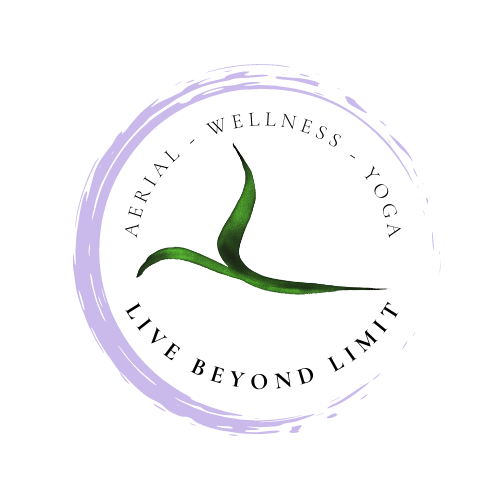Why practice breathwork if you breathe all day anyways? What are the benefits of practicing different breathing techniques? Why is it worth your time?
Pranayama is the practice of breathing techniques from onlookers, but from those who have taken a deep look or an experiential approach to understanding will know that pranayama, the fourth limb of yoga, is actually much, much more than simple breath control and will change your relationship with your breath and being entirely!
The techniques and the practices of pranayama are designed to work with prana, which refers to the subtle energy behind all things perceived and beyond perception. It permeates between, within, and around atoms, it fuels organisms, it feeds our dreams, it connects day and night, etc. When we work with prana, we get to work with how our subtle body is interacting with the greater field.
Prana is within us and all around us moving through over 72,000 specific energy channels, also known as nadis, according to the old yoga texts called the Vedas. At every given moment prana is meant to continue to move through these channels for health. However, sometimes trauma, injury, stress, emotions, etc move slowly or stop moving through these channels and begin to cause health concerns of the mind, body, or spirit. We use pranayama to help open up all of these channels and restore a state of health and vitality to ourselves in mind, body, and spirit.
While we practice pranayama, we must coordinate over a dozen different muscles, organs, systems, and tissue types to effectively draw air and prana into the lungs and expel it back into our environment or back into the overall field of energy we all are connected to. Studies show that most people do not utilize nearly their full lung capacity and range of motion through these tissues resulting in stagnation and stiffness in the body. No matter the volume we take in with our breathing patterns, our lungs have to physically allow gaseous exchange with the blood stream where the energy can move systemically throughout our physical bodies and into local tissues and cells. Our cells then release their byproducts and pass it back through our blood vessels to the lungs where we then expel the byproducts to help the body operate efficiently and sustainably.
This process is mirrored energetically. When we draw in prana, it begins to permeate throughout the 72,000+ channels helping us to expand our awareness along the way. As prana moves through our system, it helps to shift anything that hasn’t been moving, which is often the byproduct of unresolved experiences, desires, and emotions. Sometimes the organization and movement of these byproducts will feel emotional, physically intense or strange, relaxing, like monkey mind, or even blissful and euphoric as these byproducts come to the surface to be acknowledged fully and begin to move. As we work with the prana, we can observe the effects it has on stimulating or calming our senses to bring ourselves into a balanced, grounded, and present state of living.
Once the flow of our subtle energy is restored, so is the foundation for our physical, mental, and spiritual health and wellbeing and we can achieve a calm and quiet state of mind and being needed for enjoying life and making the most of life’s circumstances. It allows:
Mind, body, and spirit contentment
Homeostasis in the body = ease
Parasympathetic/Sympathetic balance of the nervous system
Boosted immune function
Improved digestion
Regulates metabolism and energy levels
Tones the Vagus nerve
Promotes hormonal balance
Decreased blood pressure
Increased focus, concentration, memory, creativity
Decreased stress responses
Decreased inflammation in the body
While these practices are tempting to dive into, it is important to seek a teacher who can help you make the right connections and progress. As individuals begin to work with the subtle field and prana, pranayama efforts can be helpful or aggravating to you if the techniques are not practiced correctly or at the appropriate time.
Are you new to pranayama and needing some guidance? Check out our 8:30am MST classes MTRF and learn where to start or work one-on-one with our practitioners for a completely personalized and life changing experience.



